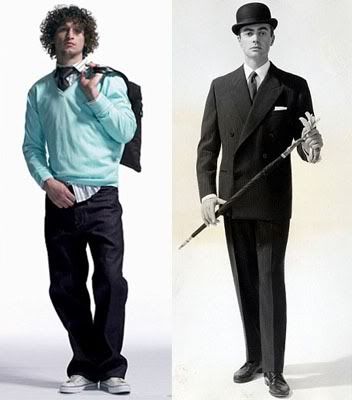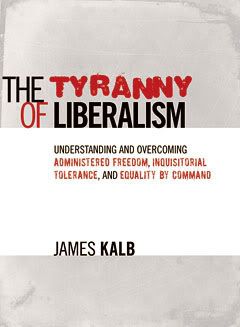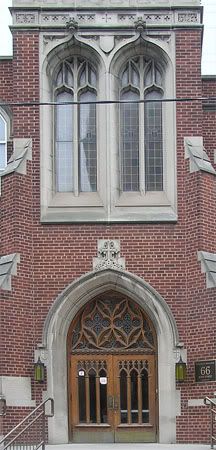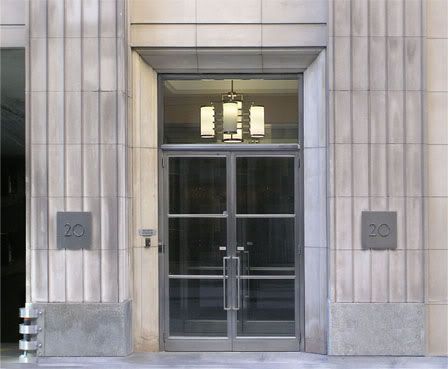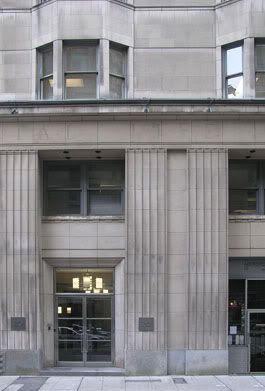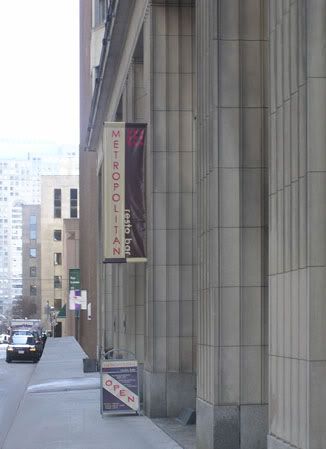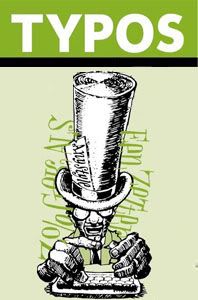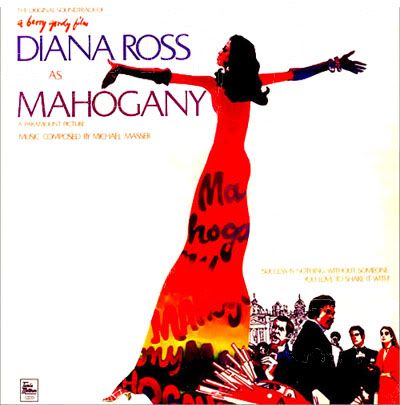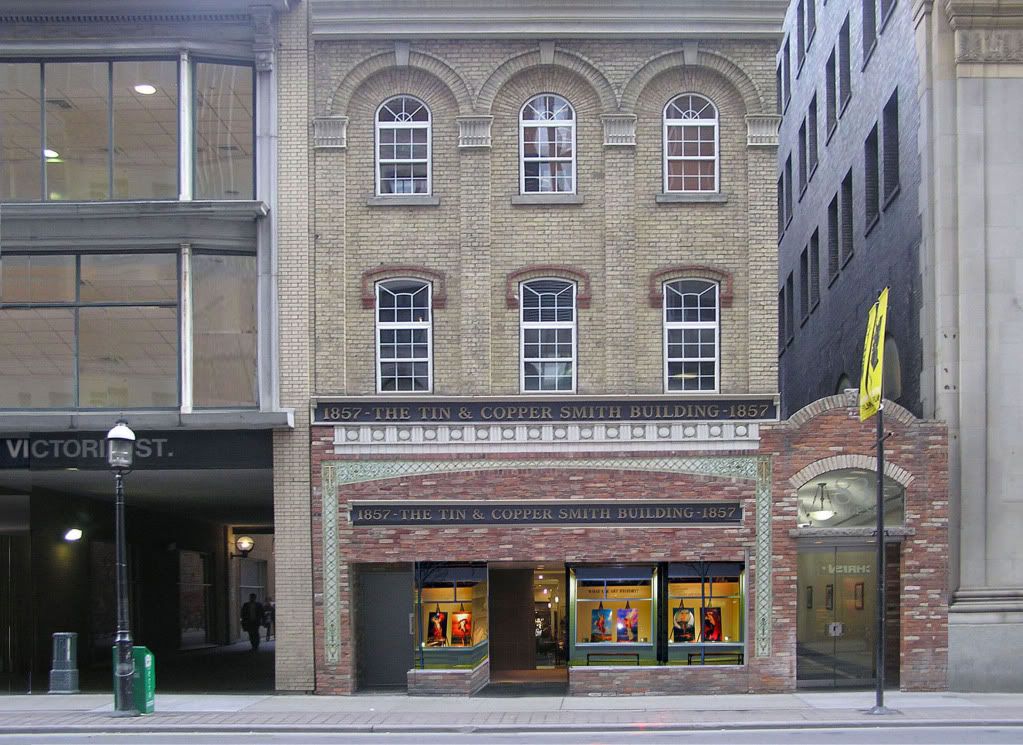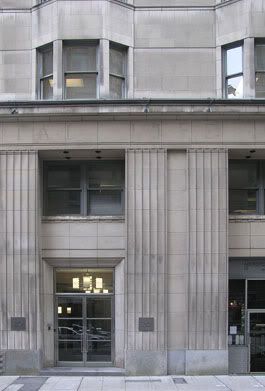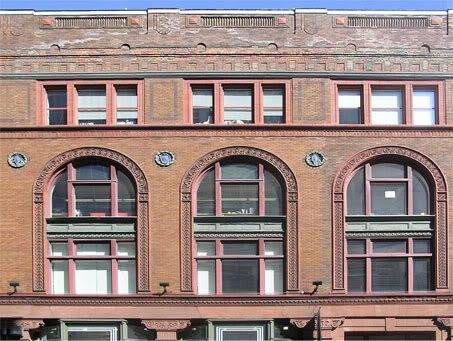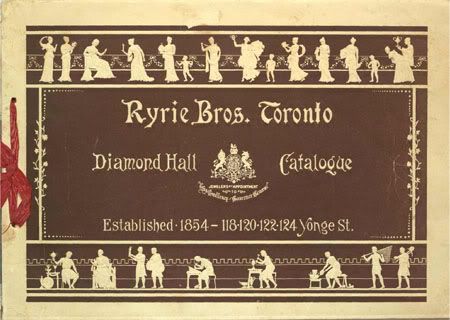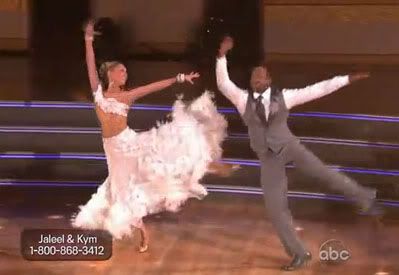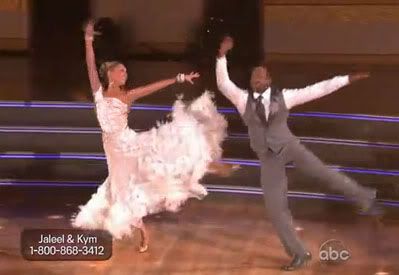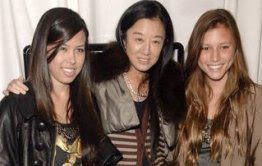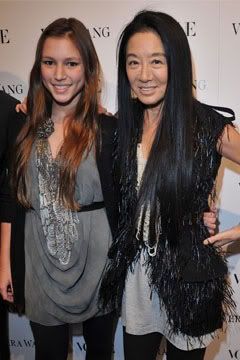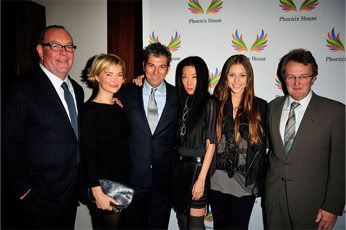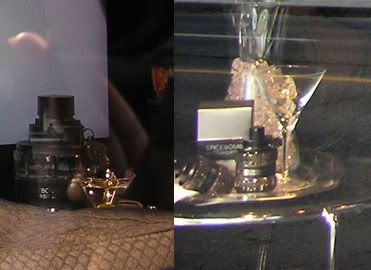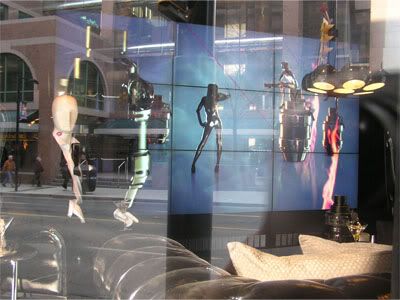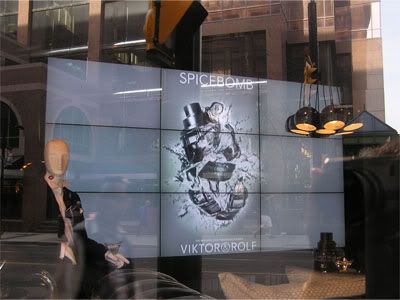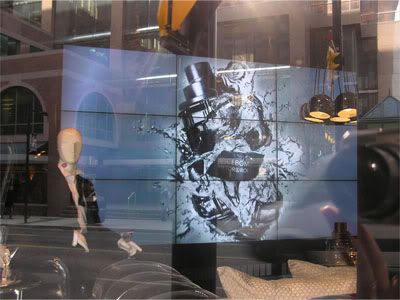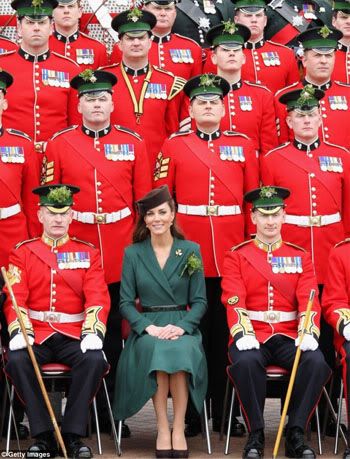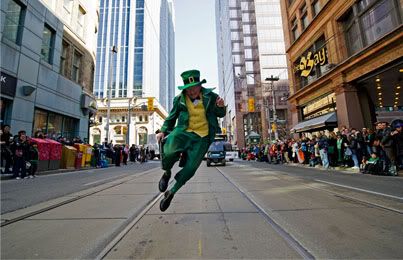Minister Rona Ambrose (second from left)
surrounded by employees and volunteers from
Changing Together: Centre for Immigrant
Women Association in Edmonton [Alberta].
From the first two paragraphs of the article with the photo:
Edmonton− The Honourable Rona Ambrose, Minister of Public Works and Government Services and Minister for Status of Women, announced Government of Canada support for a new project that will help end violence against immigrant and refugee women and girls, and held a roundtable with stakeholders involved in the project.
"This is an important collaborative project between Changing Together and the Edmonton Women's Shelter that can truly make a difference in the lives of immigrant and refugee women, who are victims of domestic violence and human trafficking," said Minister Ambrose.
-----------------------------------------------------------------------------------------------The Thinking Housewife has an article on the Violence Against Women Act. She
writes on violence between couples:
[M]ore than 200 studies have shown that women and men are equally guilty of verbal and physical aggression in the home. Domestic violence against women is extremely serious and women are injured and murdered by their spouses or intimates more often than men. But conflict is often initiated by women.
Many years ago, I worked for an immigrant agency. My role was a "counsellor" to assist new immigrants with integrating into Canadian life. After several years, I quit, cold turkey. Everyone was surprised. My "clients" as we called the people we gave service to, gave me good reviews. And I seemed to have had a modicum of success.
I quit because I felt that the kinds of immigrants I was seeing, mostly from Latin America (I speak reasonably good Spanish) and at that time many Somali and Ethiopian refugees, were not assimilating, and I didn't see them assimilating, into the Canadian society. Near the end of my post, I openly said that many of these immigrants/refugees should just return to their countries of origin.
During my years in the immigrant agency (early to late 1990s), new "women's issues" agencies started sprouting up to cull the government funds that were being allocated to women immigrants and refugees. Greedy and clever immigrant agencies discovered that there was money to be made on "violence against women" programs from these funds.
Now, a normal society would look at women as part of a unit of a family, either as a wife, a mother, a daughter, a grandmother, etc. But these agencies focused solely and only on women. And since their whole approach was divisive, they only ended up taking care of divisive issues.
What more divisive than "violence against women?"
I would say that most immigrant/refugee marital problems are related to the difficult financial and social problems these families experienced. And added to that, many of the men were not used to having their wives in such prominent roles, and sometimes more superior roles (from learning the language faster to getting jobs sooner, etc.). I would say that the women also behaved less traditionally subservient and possibly more antagonistically, with their new-found confidence (and attention). If violence ensues from these changes (I cannot say from my experience who initiates the violence most of the time), the women have a myriad of agencies and shelters to run to, while the men are left bewildered, angry and of course targeted as criminals.
I've had at a few men (often the situation is to embarrassing to talk about for men) recount their ordeals to me in detail, starting with a psychological blockage that doesn't allow them to continue a normal life, to missing their children. They were also profoundly ashamed that they were now known as wife batterers. I never went into the "violent" situations, but it was clear to me that the men lost the most.
I would start saying to my colleagues that such "violence" is becoming an epidemic. Many of these families wouldn't be experiencing such turbulent family lives back in their countries of origin, where there were a myriad of cultural and familial checkpoints to make sure this didn't happen.
First there was the family as a whole. In Ethiopian families (I cannot speak for other families, although I would think the situations are similar), older relatives, fathers and grandfathers (and uncles) played tremendously important roles in making sure that families were as harmonious as possible. Complaining wives did have a say. And a wife who was battered was the most protected of them all.
But of course, situations wouldn't reach the "battering" level. Through strict religious, Christian, mandates families were regularly reminded of the importance of roles and hierarchies. Only two generations ago (my grandparents' time), wives would call their husbands by the formal "vous" (I cannot think of a better word in English). A rebellious wife had many advisers (female relatives, sisters, mothers-in-law, and her own mother) to help her through whatever she was reacting against. And she may be right, so either she found a way to convince her husband of her correct, and beneficial, revolt, or other sources were found, from and elder male relative to approach the husband to the local priest, who could act as mediators and advisers. If divorce or separation becomes inevitable, again every social and cultural channel was used to prevent this. Separation was often used (with the wife "travelling" to visit relatives until tempers cooled off) to stall and put-off divorce .
In the end, although such societies look like they are full of coerced, unhappy marriages, they actually have unions which develop mutual trust, and even love.
I always said that those percentages of real violence against women were extremely small. The large numbers that are being touted everywhere I think are one of those liberal, anti-marriage, feminist propaganda, where everything and anything can become "battery" or "violence." The more one can show the inherent evil of men, the more the world can run according to women's agenda, including doing away all that claptrap on hierarchy and the outdated "king of his castle" role of men.
And women are more equal than men, in feminist language. This has torn society apart, made children fatherless (often living with the mother and with another male member who is not their father), made single women and their children poorer, and impoverished men, who often have to supply their income to two families if they remarry (alimony always comes from the man, in this equal world of ours), etc.
And it is especially brutal to immigrants, both men and women. There was a spike in immigrant men suicides in the 1990s (amongst Ethiopians to be exact, since I don't know enough about how other cultures responded to this problem). Many of these women receive welfare or some kind of government assistance, and stay it for long periods. Children grow up expecting government "benefits" which must affect what they aspire for as adults. Etc.
So, my opinion (although it counted for more than that at my counsellor job since it was based on my observations and research) was that we should find ways for these families to stay together. In terms of Ethiopian families, it was to restore some kind of traditional, Christian element, of male hierarchy within the family.
This, I think, is becoming more and more difficult in multicultural Canada, so I still say that Ethiopians should start a "return of the diaspora" movement (I said this once with a group of people, and someone told me that many, from young Ethiopians born in the West, to older retirees, are actually
going back in large numbers).
Dependency on the liberal set up hasn't helped. And often, the supporters of radical liberal agendas, like those who speak for "abused" women and who support dramatic solutions like breaking apart families, are often white liberal feminist women, who have found ways to keep their own marriages and families intact (well, I wouldn't want to go in with a magnifying glass, since I will most likely find a liberal, wimpy, feminist male), but are ready to sacrifice others as foot soldiers for their cause.
The less political, and often non-white, women working at the front desks of the immigrant women's support agencies often have stable and what look like happy families (I noticed this, and mentioned it several times at my job), but they promote these ideas of family separation often because it is their job, and they have to accept it to keep their their jobs. But at some point, they too begin to believe the propaganda they are spoon fed (not for them, of course - there's always a hierarchy of recipients in the accusations and realities of battered women). But, they are participating in the destruction of a society simply because they don't, and possibly cannot, say otherwise.
For the sake of liberal rearrangement of society, everyone becomes a pawn, or at least a propaganda soldier. Those at the very bottom of that hierarchy, a hierarchy that is clearly and hypocritically present in the liberal set up, often have the most to lose. And in the case of battered women, it is the women who have somehow been convinced to discard their husbands as abusers, and who have to live a life dependent on another hierarchical superior: a cold and faceless government agency.
